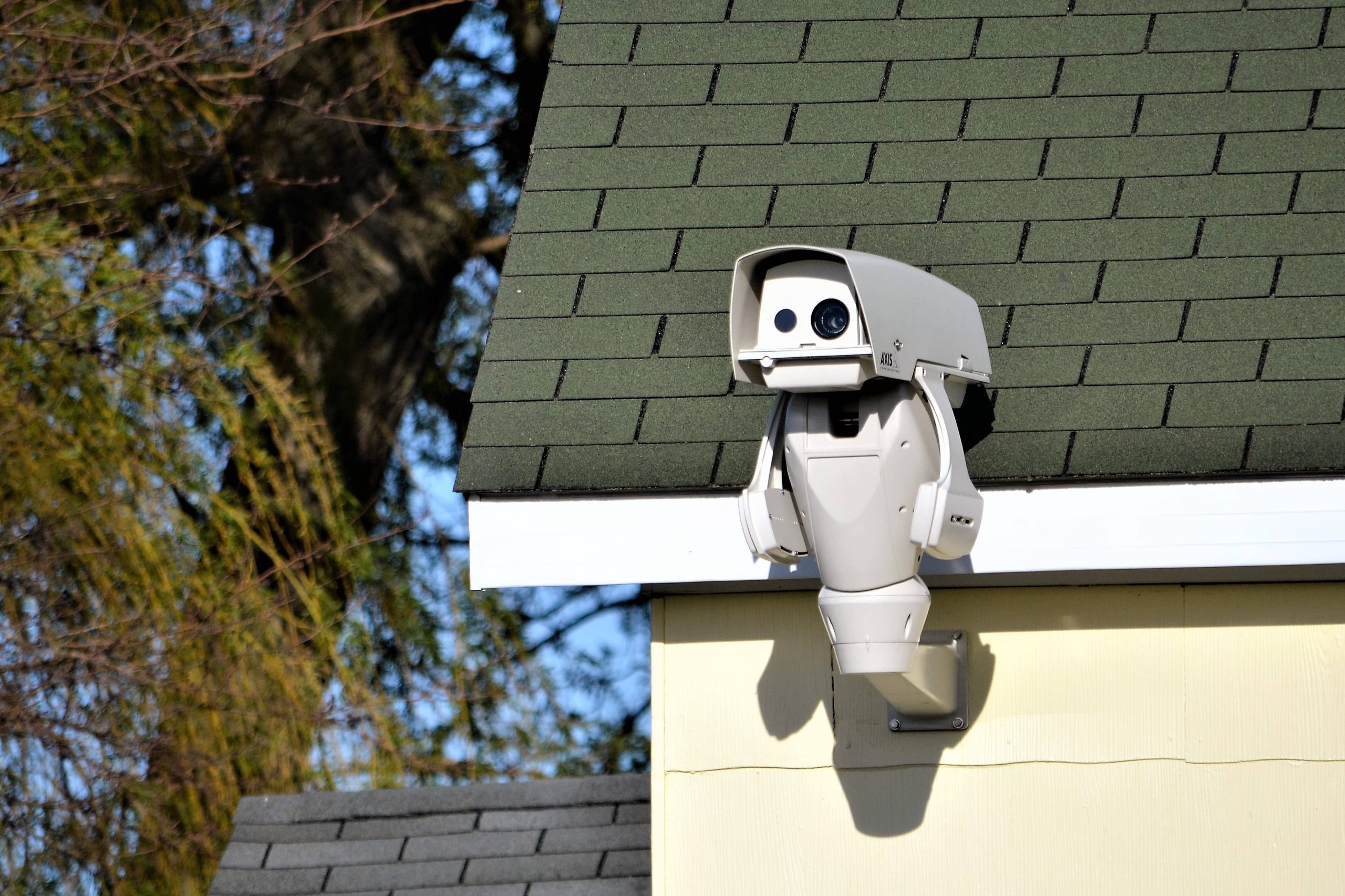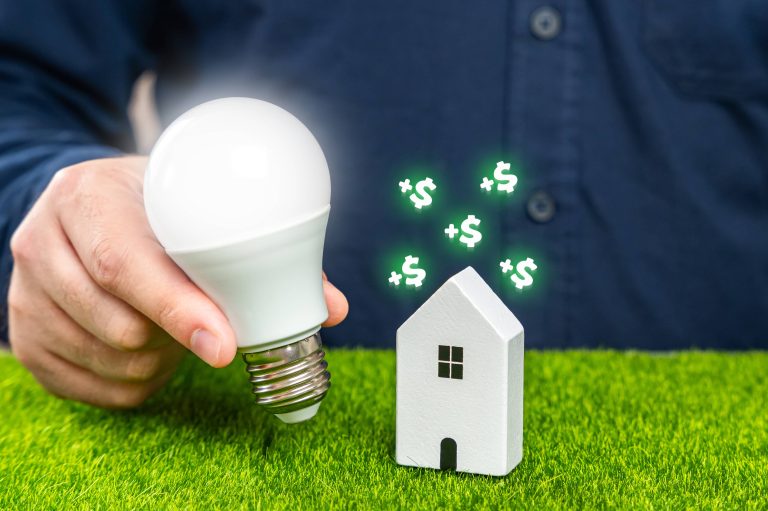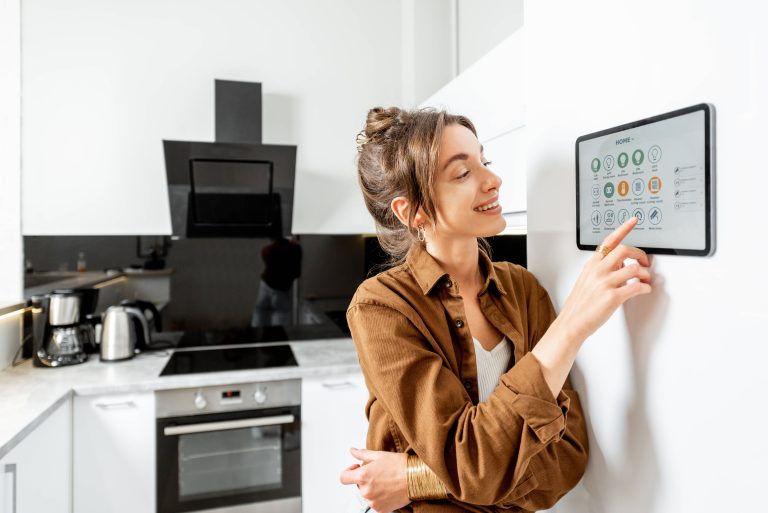
In today’s digitally connected world, peace of mind often hinges on how well we manage the security of our homes, especially during the vulnerable hours of sleep. With the burgeoning proliferation of smart devices, ensuring the safety and privacy of one’s home has never been more feasible or efficient. Automating smart home security during sleep not only deters potential intrusions but also provides a seamless and effortless way to protect your sanctuary.
The Importance of Nighttime Security
While most of us are busy during the day, night is when we are most vulnerable. The stillness of the night offers ample opportunities for potential intruders. As you rest, it’s imperative that your home security not be in a state of rest. By automating smart home security, you can ensure that while you and your family sleep soundly, your home remains under vigilant protection.
Building the Core of Your Nighttime Security System
To automate your home security, it’s crucial to understand the key components and how they can interact to provide a comprehensive solution:
1. Smart Locks
Smart locks are foundational to home security, offering control over who can enter your home and when. During nighttime hours, smart locks can automatically activate, ensuring all entry points are secured. Some advanced smart locks offer biometric authentication and can be programmed to alert you if any unauthorized access is attempted.
2. Automated Lighting
Intelligent lighting systems can simulate presence by automating lighting patterns around the house. When paired with motion detectors, these lights can be configured to shine brightly if movement is detected, which not only startles intruders but also immediately draws attention to potential security breaches.
3. Security Cameras
Smart security cameras equipped with night vision are essential. These cameras can be programmed to record during specific hours and send real-time alerts to your devices if unusual activity is detected. Integrating these cameras with your home automation system ensures you have an eye on every corner of your property even in the dead of night.
4. Motion Sensors
Integrating motion sensors in entry points and around the perimeter of your home can provide an early warning system. These sensors can trigger alarms, lights, and cameras, creating a multi-layered defensive mechanism to thwart intrusions.
5. Smart Alarms
A smart alarm system that’s controllable via your smartphone or home automation hub is a cornerstone of automated security. These alarms can be set to activate automatically at your preferred sleep time and include features like silent alarms which notify you or a security service without alerting the intruder.
Automating Through Integration
The beauty of smart home security lies in seamless integration. Here’s how you can interconnect these devices for a streamlined security solution:
1. Centralized Hubs
Smart home hubs such as Amazon Echo, Google Nest Hub, or Samsung SmartThings act as central control points. They can integrate with various smart devices, allowing you to control everything from a single app or voice command. At bedtime, a simple “Goodnight” command can trigger your home’s security routine, locking doors, arming alarms, and turning on necessary sensors.
2. IFTTT (If This Then That)
IFTTT is a powerful tool that can automate interactions between your devices. For example, setting a routine where if your motion sensor detects activity after midnight, then the smart lights turn on, an alarm triggers, and you receive a notification.
3. Scheduling and Scenarios
Most smart devices allow for detailed scheduling. You can create scenarios where devices power up or change status based on specific times. For instance, at 11 PM, your outdoor cameras switch to night mode, the doors lock, and motion detection becomes highly sensitive, maximizing security with minimal manual intervention.
Privacy Considerations
In the pursuit of enhanced security, it’s imperative not to overlook privacy. Here are a few considerations:
1. Data Encryption
Ensure that all your smart devices use strong encryption for data transmission. This helps keep your surveillance feeds and security alerts safe from hackers.
2. Minimal Data Collection
Opt for devices and services that mandate minimal data collection. Only share what’s absolutely necessary for functionality. Trusted brands often have transparent privacy policies outlining how your data is used and protected.
3. Regular Updates
Regular firmware updates are crucial as they often contain patches for newly discovered vulnerabilities. Automatic updates can eliminate the need for you to manually check and update each device, keeping your security system up-to-date effortlessly.
4. Strong Passwords
Every device connected to your network should have a strong, unique password. Avoid default settings and consider using a password manager to keep track of these.
Conclusion
Automating smart home security during sleep is more than just leveraging advanced technology—it’s about crafting a guardian that tirelessly watches over your home as you rest. With the perfect blend of smart locks, automated lighting, security cameras, and centralized control, you can achieve an impenetrable wall of security that offers unrivaled peace of mind.
As we continue to integrate more smart technology into our lives, the synergy between security and automation promises to evolve, making our homes safer and our lives easier. So, go ahead and take the first steps towards automating your home security, and sleep peacefully knowing that your sanctuary is perfectly guarded.







